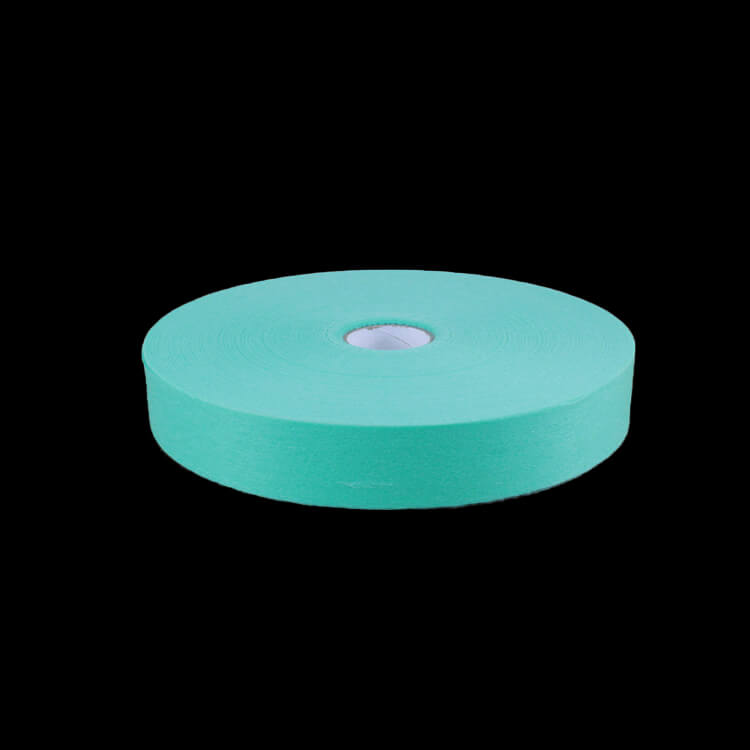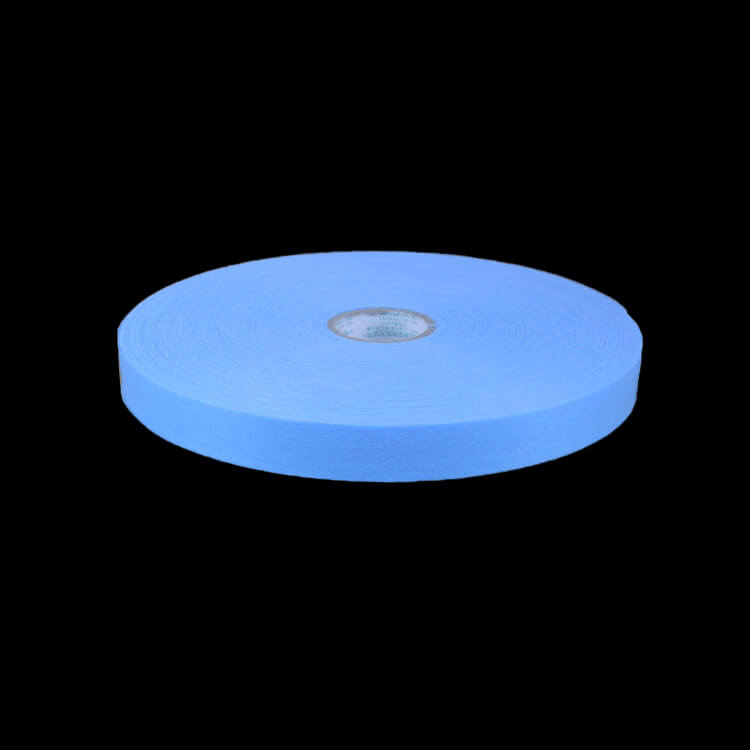Author:Baby & Adult Diaper Materials FROM:Diaper Materials Manufacturer TIME:2023-07-19
Introduction:
The use of non-woven raw materials in diaper manufacturing has revolutionized the industry, providing a versatile and cost-effective solution. Non-woven materials offer numerous advantages over traditional fabrics, including enhanced breathability, improved absorbency, and increased comfort for the wearer. In this article, we will explore the various applications of non-woven raw materials in diaper manufacturing and how they contribute to the overall performance and quality of the final product.

The topsheet is the layer that comes in direct contact with the baby's skin. Non-woven materials, such as spunbond and meltblown fabrics, are commonly used for this purpose due to their softness, smoothness, and inherent liquid repellency. These materials wick away moisture from the skin, keeping the baby dry and comfortable throughout the day. Additionally, the non-woven topsheet allows for better air circulation, reducing the risk of diaper rash and skin irritations.

The acquisition and distribution layers play a crucial role in absorbing and distributing urine evenly across the diaper. Non-woven fabrics, with their high liquid permeability and retention capacity, are ideal for these layers. The use of non-woven materials in the acquisition layer enables rapid absorption, preventing leakage and discomfort for the baby. Furthermore, the distribution layer ensures that the absorbed liquid is evenly spread out, maximizing the diaper's capacity and preventing sagging.

The backsheet is the outermost layer of the diaper, providing a barrier against leakage and ensuring hygiene. Non-woven materials, typically made from polyethylene or polypropylene, are commonly used for the backsheet due to their excellent fluid resistance and breathability. These materials effectively prevent the leakage of urine while allowing moisture vapor to escape, keeping the baby's skin dry and healthy. Moreover, non-woven backsheets are lightweight, flexible, and durable, enhancing the overall performance and fit of the diaper.
Conclusion:
The versatile applications of non-woven raw materials in diaper manufacturing have revolutionized the industry, improving comfort, absorbency, and overall performance. From the topsheet to the backsheet, non-woven materials enhance the functionality and efficiency of diapers. As technology advances, we can expect further innovations in the field, leading to even better performing and more environmentally friendly diaper products. The use of non-woven raw materials in diaper manufacturing has undoubtedly made a significant impact on the well-being of babies and the convenience of parents worldwide.

 Email: info@whldiapernonwoven.com
Email: info@whldiapernonwoven.com
 MP/WhatsApp: +86-13599937366
MP/WhatsApp: +86-13599937366
 Manufacturer Address:Room 1105B, Bld M1, Manhattan, Yulongwan, Shimao, Shuanglong Road, Meiling Street, Jinjiang, Fujian, China
Manufacturer Address:Room 1105B, Bld M1, Manhattan, Yulongwan, Shimao, Shuanglong Road, Meiling Street, Jinjiang, Fujian, China